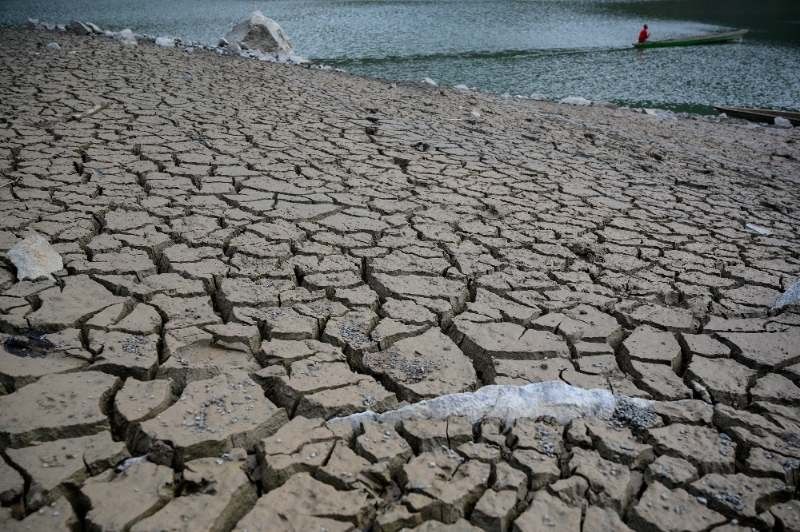Areas at risk of dry spells and droughts due to El Niño

MANILA, Philippines — The Philippine Atmospheric, Geophysical and Astronomical Services Administration issued its first El Niño advisory Tuesday, and warned the weather phenomenon may affect the country’s water supply and agriculture.
El Niño is the large-scale warming of surface temperatures in the central and eastern equatorial Pacific Ocean. El Niño events are typically associated with increased heat worldwide, as well as droughts in some parts of the world, including Philippines, and heavy rains elsewhere.
El Niño is still “weak” at the moment, according to Ana Liza Solis, chief of PAGASA’s climate monitoring and prediction section. But it is expected to become moderate or strong during the last quarter of the year.
Solis said there will be no large reduction in rainfall volume from July to September—or during the peak of southwest monsoon (habagat) season.
But by the end of December, 36 provinces may experience dry spells—below normal rainfall conditions for three consecutive months or way below normal for two consecutive months.
These are Abra, Benguet, Ifugao, Kalinga, Apayao, Mountain Province, Ilocos Norte, Ilocos Sur, La Union, Pangasinan, Isabela, Nueva Vizcaya, Quirino, Bataan, Bulacan, Nueva Ecija, Pampanga, Tarlac, Zambales, Metro Manila, Batangas, Laguna, Rizal, Quezon, Marinduque, Occidental Mindoro, Oriental Mindoro, Romblon, Palawan, Spratlys Islands, Camarines Sur and Catanduanes in Luzon.
Antique, Guimaras, Iloilo and Leyte in Visayas may also experience dry spells.
Dry spells may potentially affect the provinces of Agusan del Norte, Dinagat Islands, Surigao del Norte and Surigao del Sur at the end of October.
Two provinces—Camarines Norte and Southern Leyte—may experience droughts by the end of December. Droughts happen when there are below normal rainfall conditions for five consecutive months.
By the end of January 2024, Cagayan, Cavite, Antique, Guimaras, Iloilo, Negros Occidental, Negros Oriental, Siquijor, Zamboanga del Norte, Zamboanga del Sur, Zamboanga Sibugay, Misamis Occidental, Sultan Kudarat, Basilan, Maguindanao, Sulu and Tawi-Tawi may experiences dry spells.
Meanwhile, most of Luzon—Abra, Benguet, Ifugao, Kalinga, Apayao, Mountain Province, Ilocos Norte, Ilocos Sur, La Union, Pangasinan, Isabela, Nueva Vizcaya, Bataan, Bulacan, Nueva Ecija, Pampanga, Tarlac, Zambales, Metro Manila, Batangas, Laguna, Rizal, Occidental Mindoro, Oriental Mindoro, Palawan and Spratly Islands—may experience droughts.
El Niño preps
“The impacts will be felt little by little because this is a slow onset event that we need to be prepared for in the next six to seven months,” Solis said.
PAGASA deputy director Esperanza Cayanan emphasized the importance of preparing for reduced rainfall during El Niño, which could affect the country’s water supply and areas relying on hydroelectric power.
The World Meteorological Organization secretary-general Petteri Taalas warned that El Niño “will greatly increase the likelihood of breaking temperature records and triggering more extreme heat in many parts of the world.”
He added that the declaration of El Niño should signal governments to mobilize preparations to limit its impacts on people’s health, ecosystems, and economies.
In April, President Ferdinand “Bongbong” Marcos Jr. ordered the creation of a team to mitigate the potential adverse impacts of El Niño. — with report from Agence France Presse
- Latest
- Trending


































